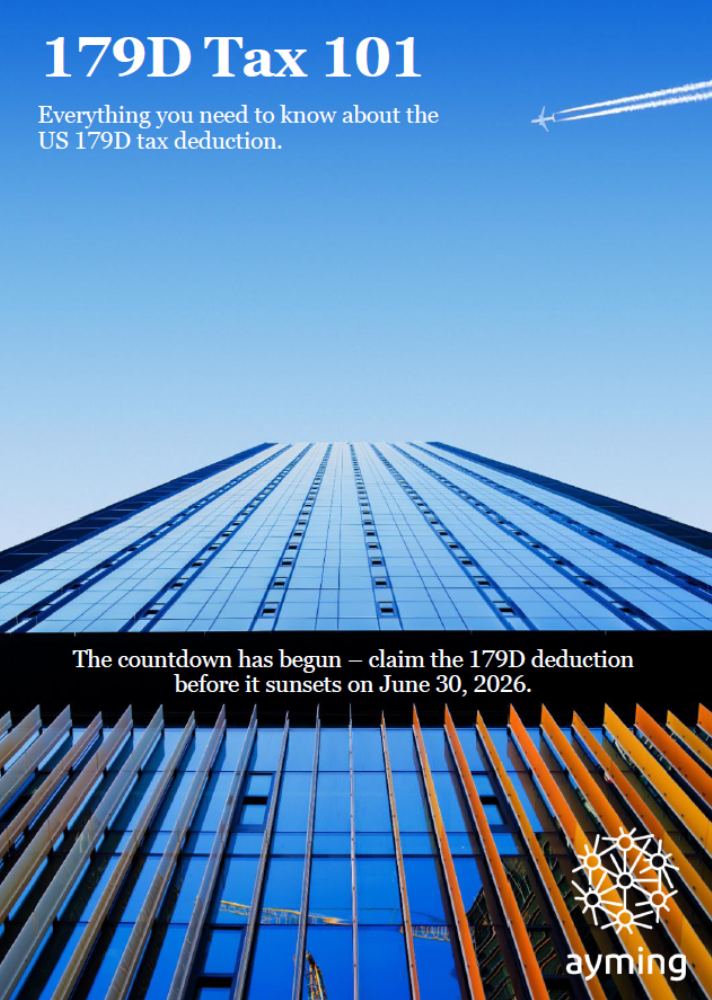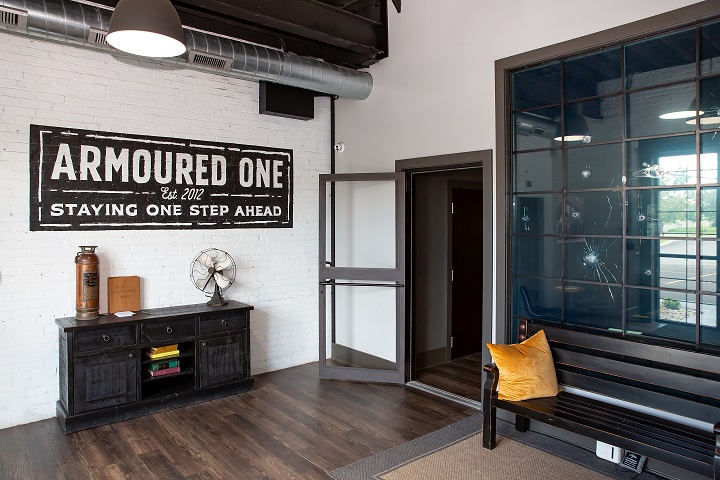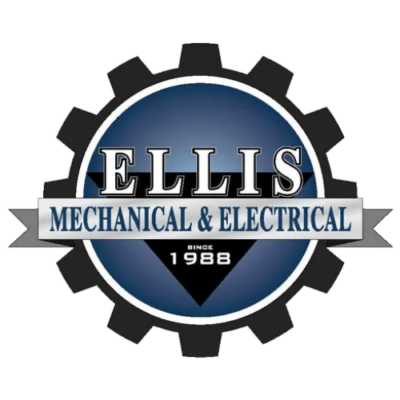Architecture plays a larger role in our lives than most people realize. The structure and design of a building shapes how we experience life at home, at work, and in our communities.
Because of this, architecture is a constantly evolving industry with innovation at the core of each everyday activity. Our experts find and use federal tax incentives. These include 179D Tax Deductions, R&D Tax Credits, and Cost Segregation studies. This helps improve cash flow.
Architecture
Addressing the key challenges
Architecture firms today do more than create beautiful designs. They also solve technical challenges, balance energy efficiency, sustainability, compliance, and innovation — often under tight deadlines and budgets. Businesses within the industry encounter difficulties like:

Clients demand not only beautiful architecture but also efficient design, optimized energy consumption, high performance materials, and sustainable detailing. Achieving all of this requires experimentation, modeling, and assessments.

New codes and zoning rules are changing how architects work. They must now design buildings that use energy more efficiently. Climate demands are also influencing these designs. Incorporating certain materials could qualify in 179D Tax Credits.

The legal and tax definitions of R&D are complicated.
Building systems for 179D and accelerated depreciation are also very technical. Architect firms need solid record-keeping, well-defined experiments, and clear specifications and energy models. Missing documentation or fuzzy design narratives can risk losing incentive claims.

Clients demand not only beautiful architecture but also efficient design, optimized energy consumption, high performance materials, and sustainable detailing. Achieving all of this requires experimentation, modeling, and assessments.

New codes and zoning rules are changing how architects work. They must now design buildings that use energy more efficiently. Climate demands are also influencing these designs. Incorporating certain materials could qualify in 179D Tax Credits.

The legal and tax definitions of R&D are complicated.
Building systems for 179D and accelerated depreciation are also very technical. Architect firms need solid record-keeping, well-defined experiments, and clear specifications and energy models. Missing documentation or fuzzy design narratives can risk losing incentive claims.
Expertise
How we can help to maximize your results
R&D Tax Credit
Architects can receive the R&D Tax Credit. This applies if their work involves experimentation or new ideas. This includes design, modeling, materials, and other solutions. Our team of R&D Tax Specialists help you find and qualify for all activities that can earn you tax incentives.
Energy Efficiency Incentives
New rules under recent legislation have enhanced the 179D Tax Deduction value and clarified design/specification eligibility for “designers” of buildings, including architects. Architecture firms designing or specifying qualifying systems can potentially benefit when the building meets required energy savings thresholds. Our team of 179D Tax Specialists and energy modelers help architects to identify and claim all qualifying projects.
Cost Segregation
For projects where architecture firms own the building or work with clients, Cost Segregation can help. It classifies parts of a building or special components into shorter depreciation lives. Our Cost Segregation experts will clear up the confusion. They will classify all qualifying parts to help you get the full deduction value.












